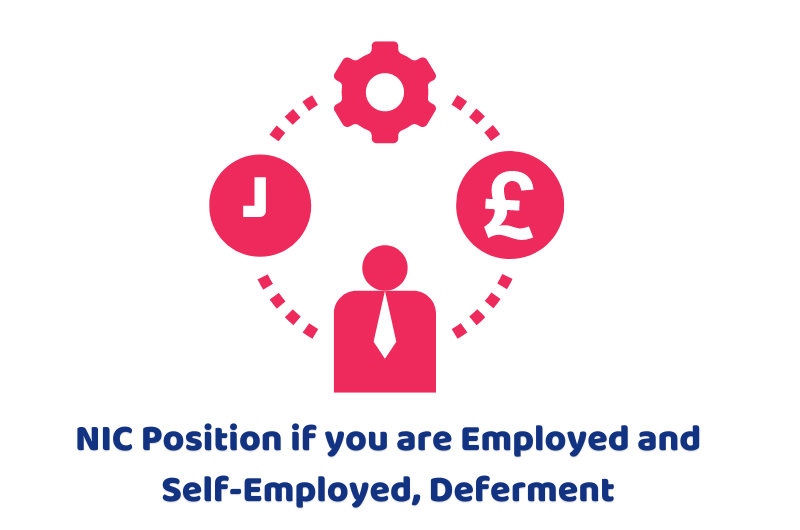With different rates and limits of National Insurance contributions (NIC) for the 2022/23 year, anyone who has more than one paid job or who is both employed and self-employed could easily find themselves paying too much in NIC. Problems can arise because the PAYE system does not easily cater for multiple jobs. HMRC are supposed to check and make any repayment; however, this does not always happen. So how do you work out whether you have overpaid and, if you have – how do you get the money back?
NIC is calculated separately for each employment and self-employment on a ‘standalone basis’. Calculation difficulties arise for individuals with multiple sources of income where the limit for Class 1 employee NIC paid is not exceeded for each separate source of earnings but when total earnings are considered, the maximum amount is exceeded and a refund due. The maximum amount is not a fixed amount and needs to be calculated on a person-by-person basis. The annual maximum Class 1 and Class 2 NIC payable by any taxpayer whatever the source of earnings is 53 weeks at the primary (employee) Class 1 contribution rate (currently 12%) between the primary earnings threshold and the upper earnings limit plus an additional 2% on all remaining earnings in excess of the upper earnings limit.
2022/23
The calculation of the annual maximum has been made slightly complicated this year by changes to the NIC limits part way through such that composite rates apply. The primary threshold for 2022/23 is £190 per week (£823 per month) to 5 July 2022 rising to £242 per week (£1,048 a month) from 6 July 2022 creating a maximum limit of £11,909 for the year. The upper earnings limit is £967 per week (£4,187 a month) for 2022/23. The changes in the employee primary threshold meant that the lower profits limit for Class 4 NIC for the self-employed was aligned with the personal allowance to £11,909. The Class 2 small profits threshold remained unchanged at £6,725.
Calculation for Self-Employed
The calculation of the maximum amount for anyone with two or more employments is relatively straightforward. However, for those with a mixture of sources of income, the regulations detail a nine-step process of calculation to ascertain the amount of Class 4 NIC payable. The calculation starts with calculating the theoretical maximum ‘main rate’ as the maximum Class 2 and Class 4 NIC for the tax year taking contributions to the upper profits limit. The total amount of Class 1 and Class 2 NIC already paid is then deducted from the ‘main rate’ amount. The resultant figure is categorised into three ‘cases’ – which one to use is dependent upon the amount and mix of income. A negative figure (in practice when employment income subject to Class 1 NIC is more than the ‘main rate’) means that any profit exceeding than the Class 4 NIC lower profits limit is charged at the uncapped 2.73%. A positive figure means further steps in a more complicated calculation are required.
Reclaim NIC Overpayment
Unlike tax, there is no annual return form to report total income for NIC purposes. Instead HMRC use information provided on the self-assessment return, together with information they already hold, to determine the amount of any Class 2 and/or Class 4 NIC payable. The deadline for reclaim of Class 2 NIC is six years but there is no time limit for a Class 4 reclaim.
Deferment
The effect of deferment is a suspension of contributions on PAYE earnings. After the end of the tax year HMRC will calculate whether anything is owed, in effect deferring payment. Neither Class 2 nor Class 4 NIC can be deferred; deferment only applies to Class 1 NIC.
Partner Note: https://www.gov.uk/claim-national-insurance-refund – tool to work out whether NIC has been overpaid
Form CA8480 – form to reclaim Class 2 NIC
Form CA5610 – form to reclaim Class 4 NIC
Regulation 21 & 100 of the Social Security (Contributions) Regulations 2001 (SSCR 2001) (SI 2001 No 1004)

